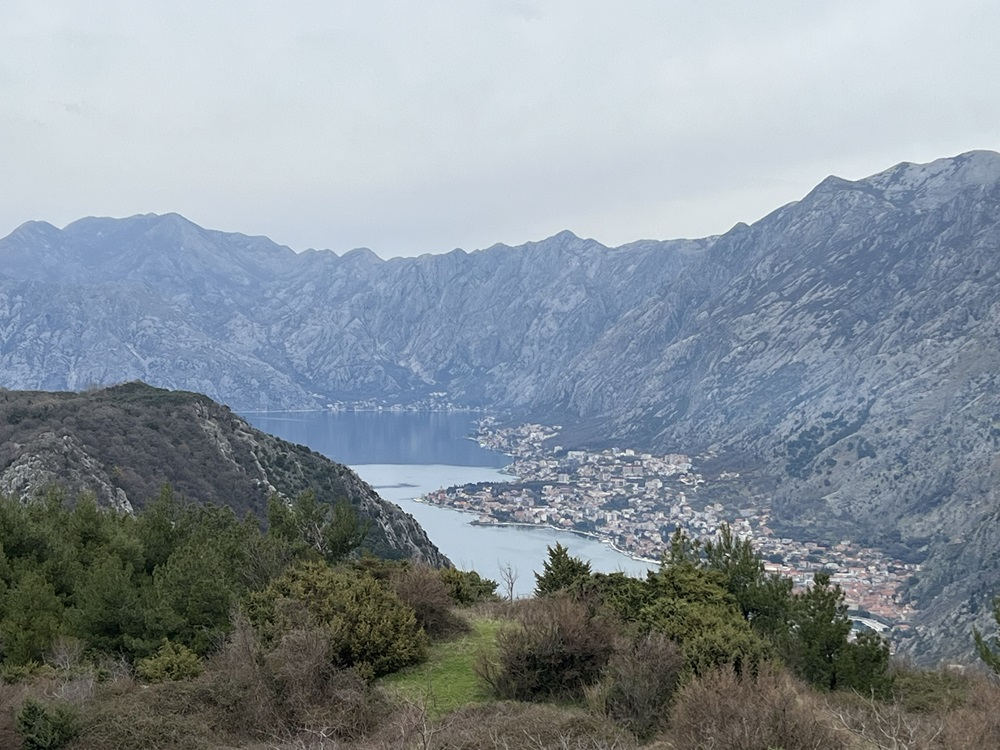Fort Gorazda - a silent guard
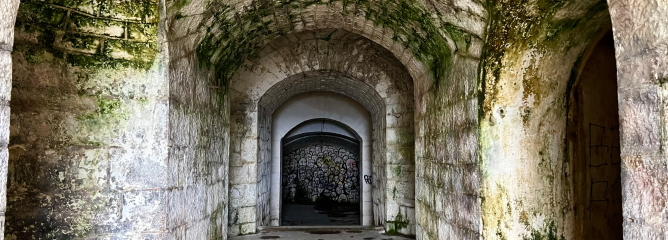
High in the mountains above Kotor, as if forgotten by time, rises the fort Goražda (Tvrđava Goražda) - one of the most powerful defensive structures of the Austro-Hungarian era in Montenegro. At first glance, it is just another abandoned fortress with a massive concrete semicircle. But in fact, this is not just a military point, but a real monument of engineering thought and historical significance.
A historic moment
In the second half of the 19th century, the Bay of Kotor had enormous strategic importance for the Austro-Hungarian Empire. After Kotor was included in the monarchy in 1814, active militarization of the coast began. By the beginning of the 20th century, a whole network of forts, casemates and observation posts had been created here.
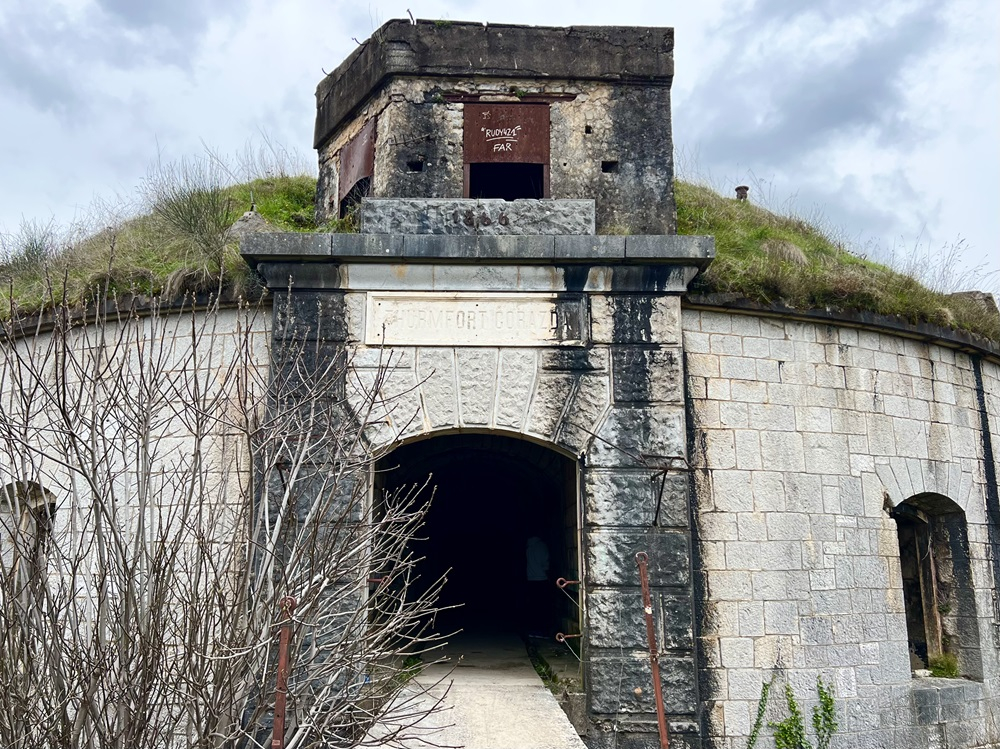
Fort Gorazda was built in 1886 and was part of a defense system protecting the key road between Kotor and Cetinje, the capital of Montenegro at the time. This road ran through a mountain range and could have become a vulnerable point in the event of an attack. Gorazda, together with forts Vrmac and Trojica, formed a "defensive triangle", blocking the approach to the bay from the land.
Architecture and internal structure
The town was built according to all the canons of fortification art of that time. This autonomous fortress, designed for long-term defense, included:
- massive concrete walls up to 3 meters thick;
- several levels of underground premises;
- barracks, warehouses, arsenals, kitchen;
- ventilation and autonomous heating system;
- water tanks and food storage facilities;
- tunnels and observation posts;
- Elevators for lifting ammunition.
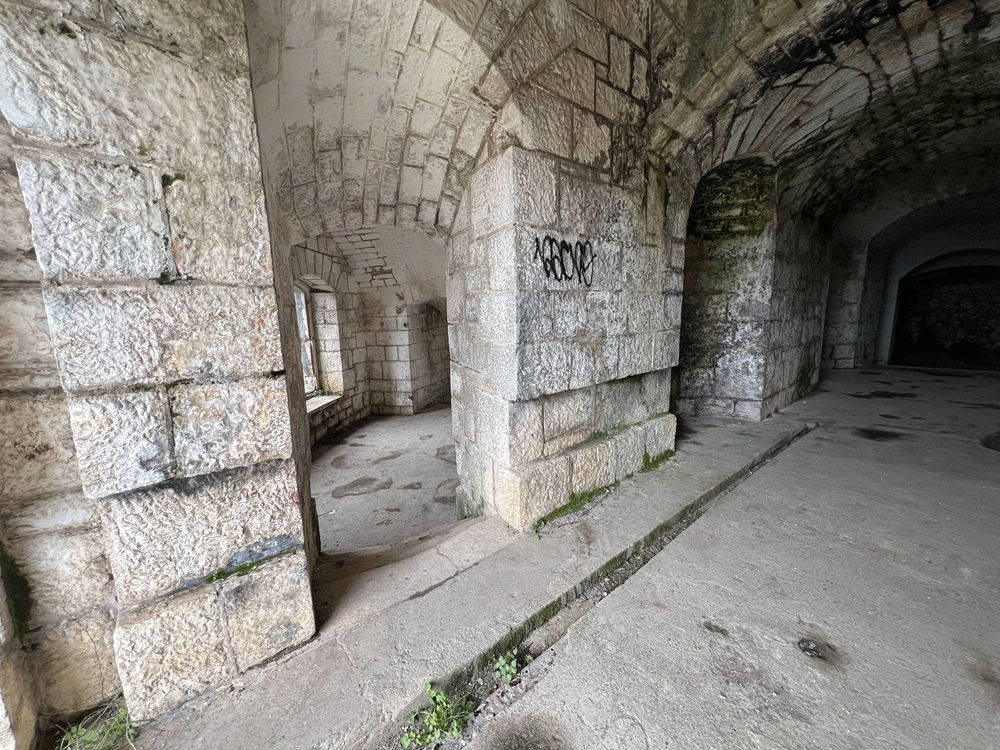
Of particular value is the impenetrable rotating dome, custom-made by the Emil Skoda plant, the main supplier of the Austro-Hungarian military needs.
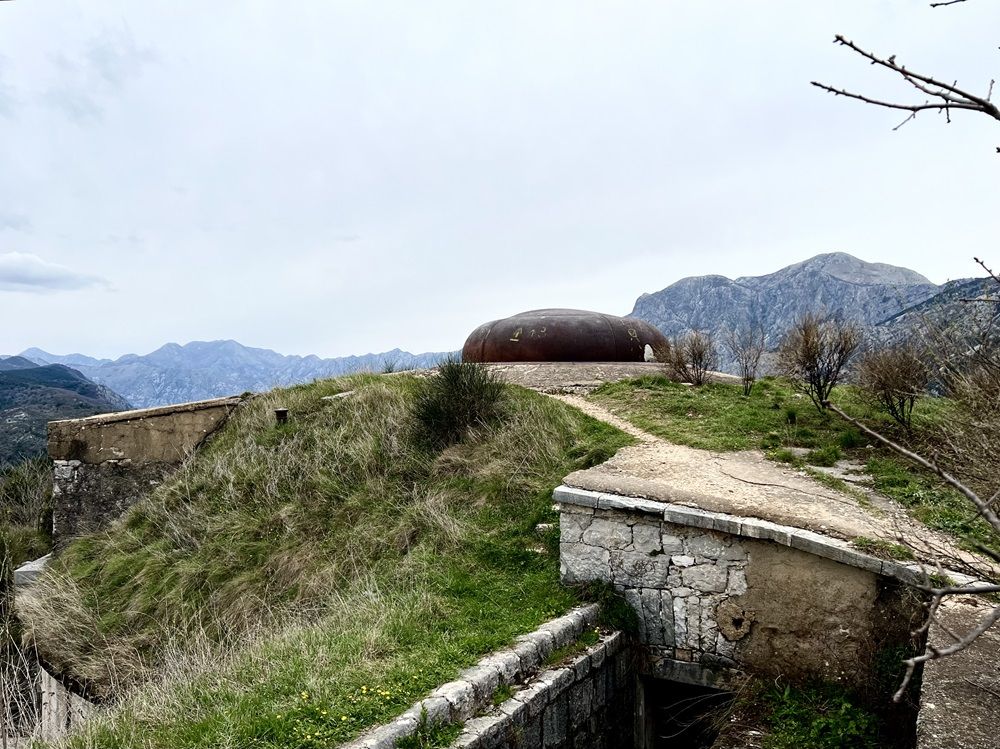
At that time, the factory was a modern foundry and metalworking enterprise that could produce castings weighing tens of tons.
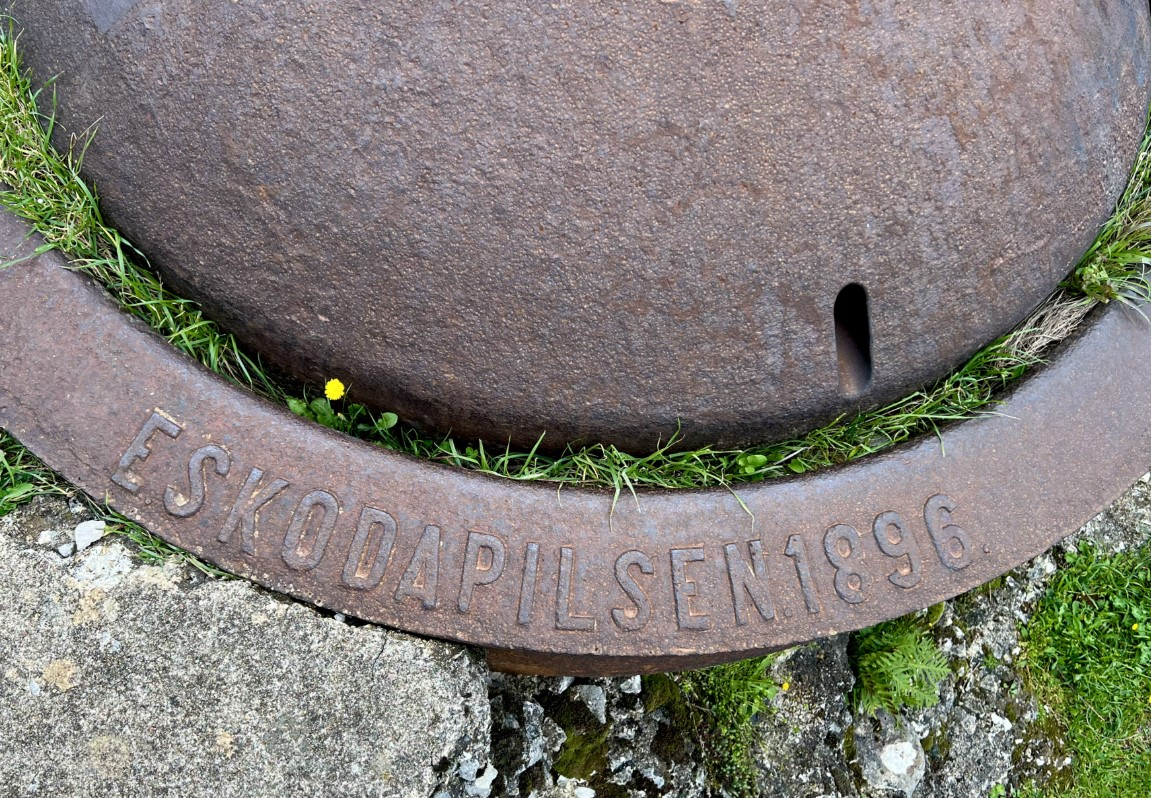
This dome was designed to accommodate heavy artillery, had protection from shelling and could rotate 360 degrees. The shot was fired at a range of 10 km. This was something incredible and the most modern that existed at that time.
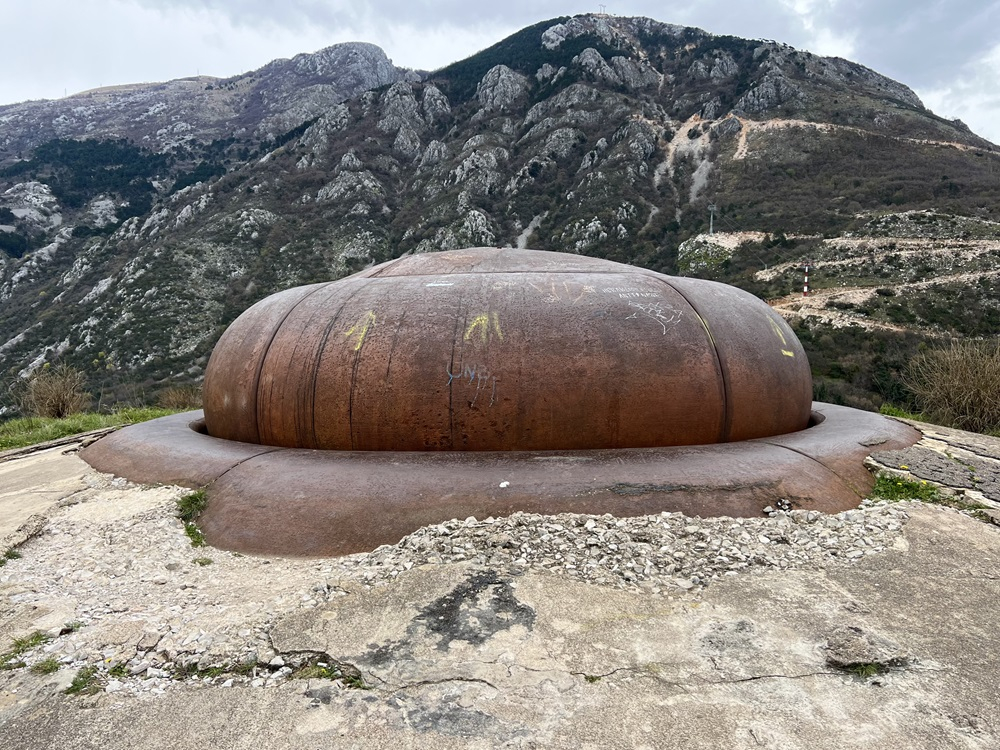
There are 3 of these domes and they are all located here. Two of them are smaller and were intended for smaller purposes and other locations.
The fort could withstand both artillery fire and a long siege. It housed up to 200 soldiers, provided with everything necessary for autonomous existence.

During the First World War, the fort was practically not used for its intended purpose, but remained on combat duty. After the collapse of the Austro-Hungarian Empire, it came under the control of Yugoslavia. During the Second World War, the building was again used for defensive purposes.
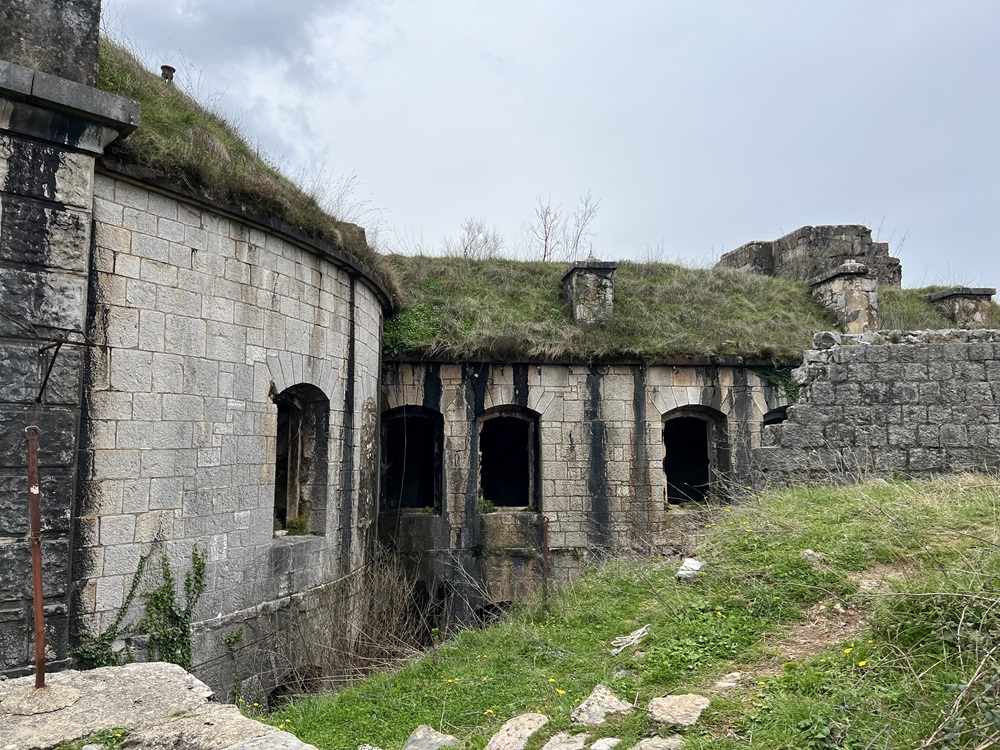
After the war, the fort was abandoned. Despite this, it has been well preserved and today is one of the most authentic fortifications in Montenegro.
What can you see today?
Today, the Gorazda fort is open to visitors, but it is not officially equipped for tourists. Inside, there are dark corridors, concrete halls, a rusty tower, traces of the past and an atmosphere that gives you goosebumps.
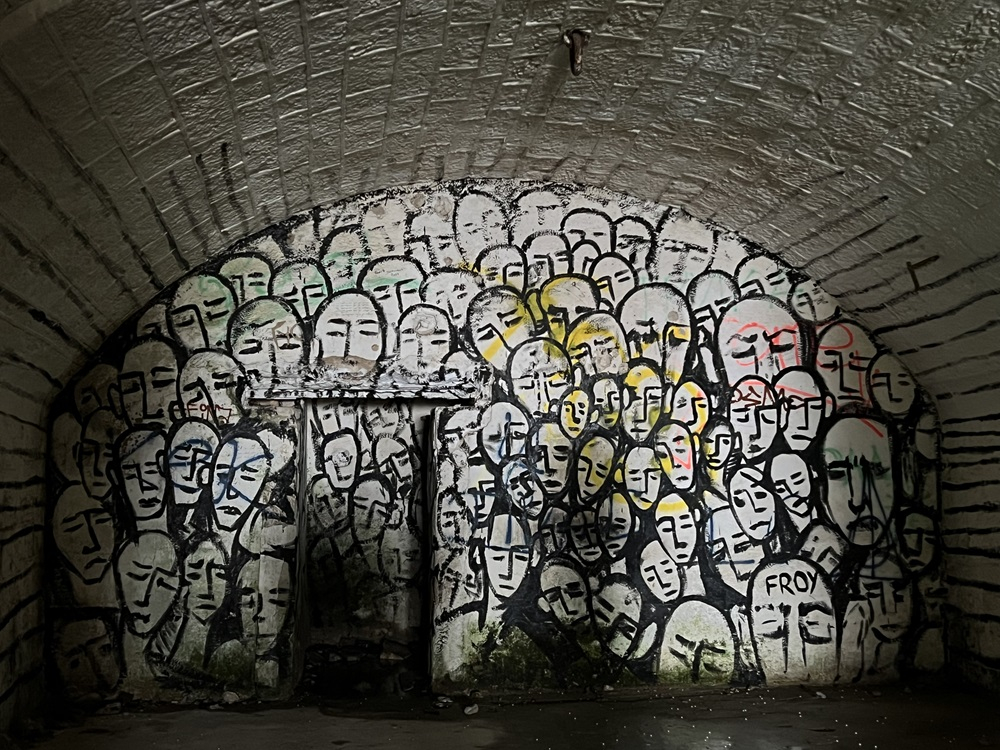
The fort offers one of the most breathtaking views of the Bay of Kotor. Tivat is clearly visible here, and on the other side, Mount Kotor. And of course, the most famous Mount Lovcen.
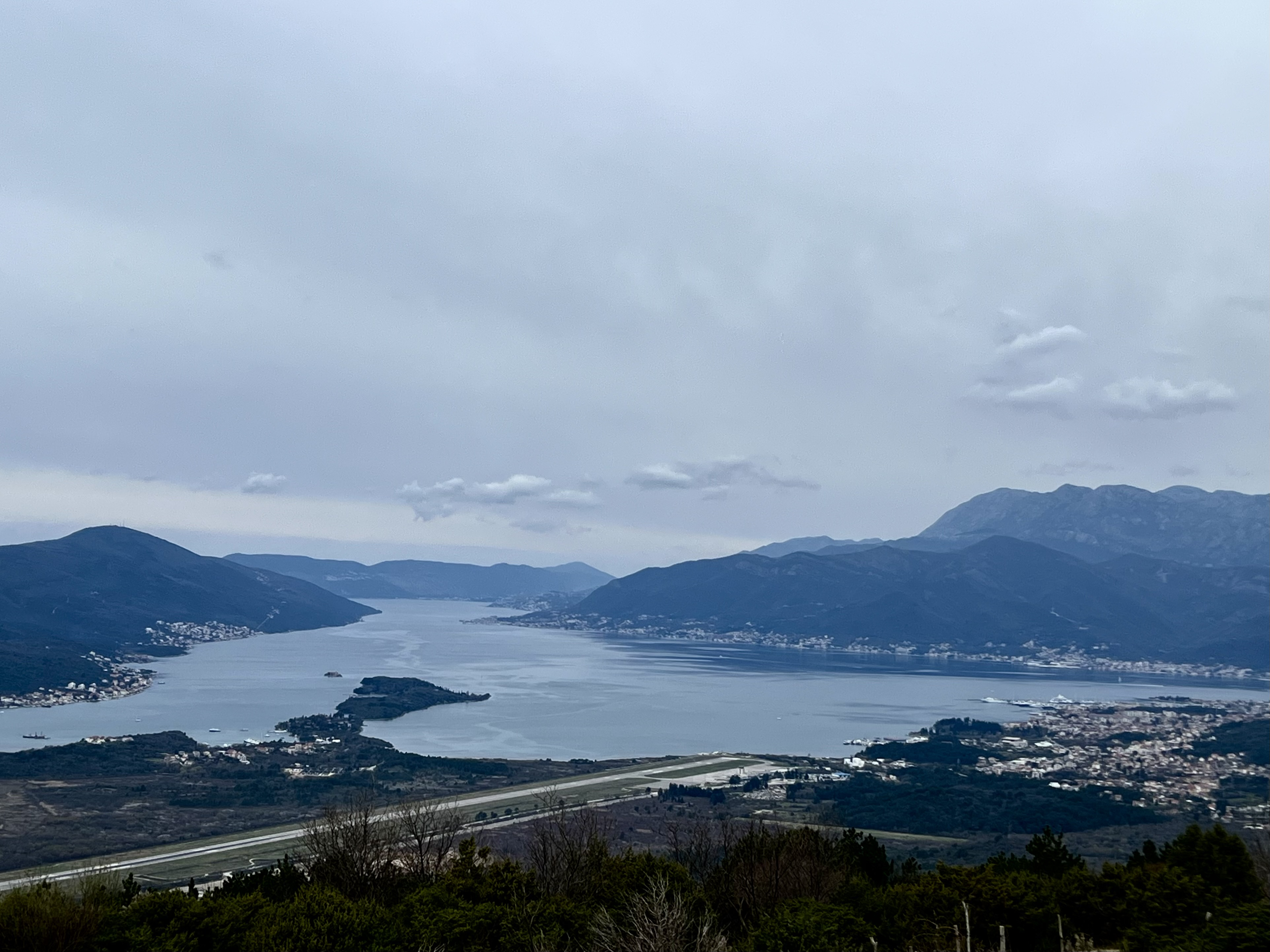
Why is it worth going?
Fort Gorazda is not just "ruins". It is a unique place where history, architecture, engineering and nature combine.
It tells about the past without words - through the thickness of concrete, armor, corridors and a view from above. And if you want to feel Montenegro not only on the beach, but also in reality, this is one of those places that is worth going up at least once in your life.
